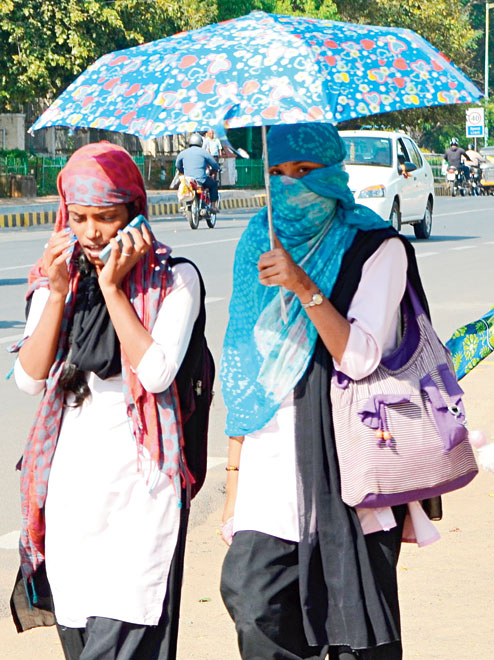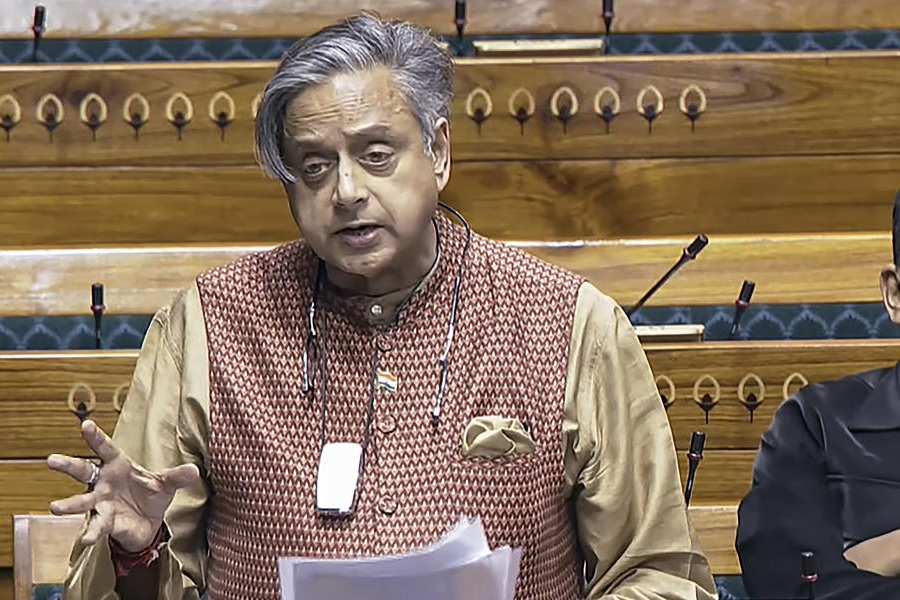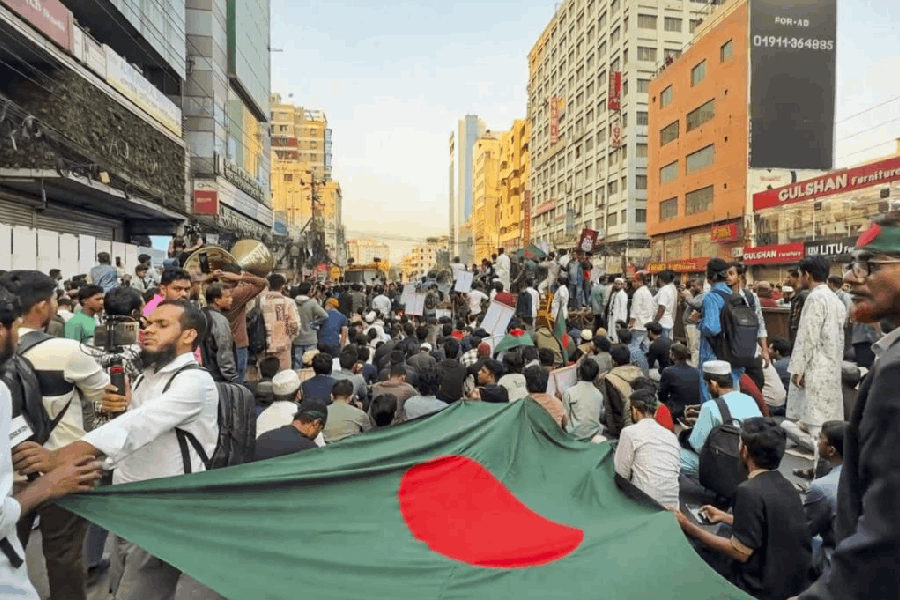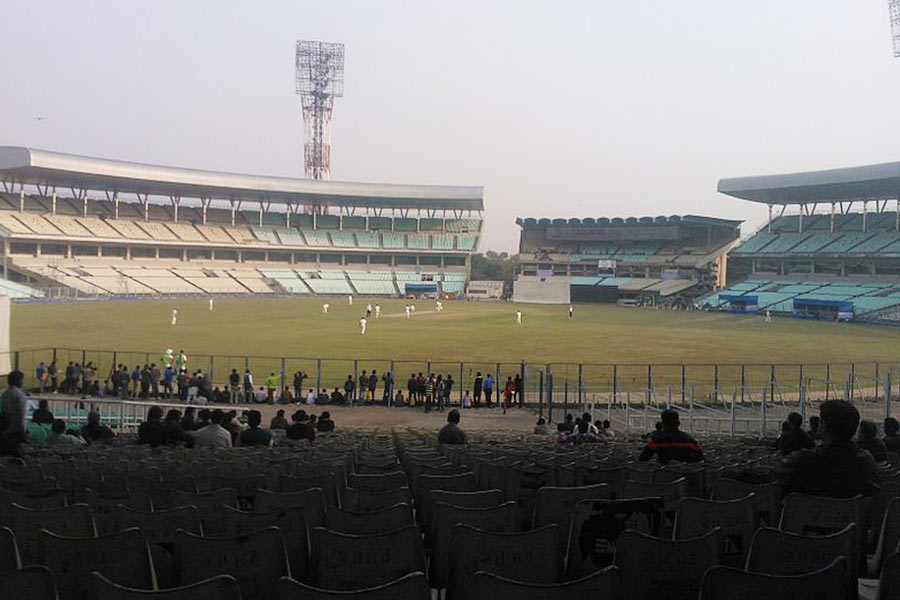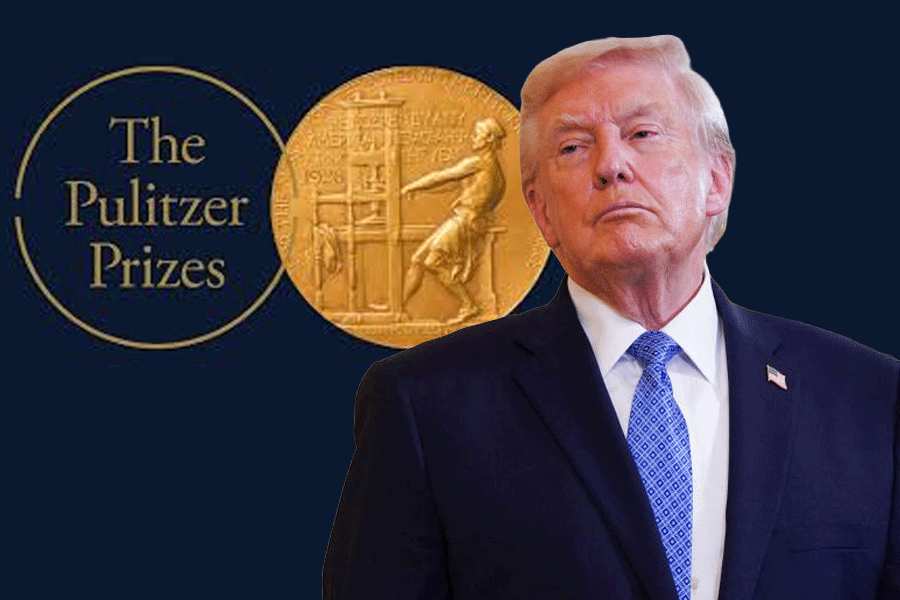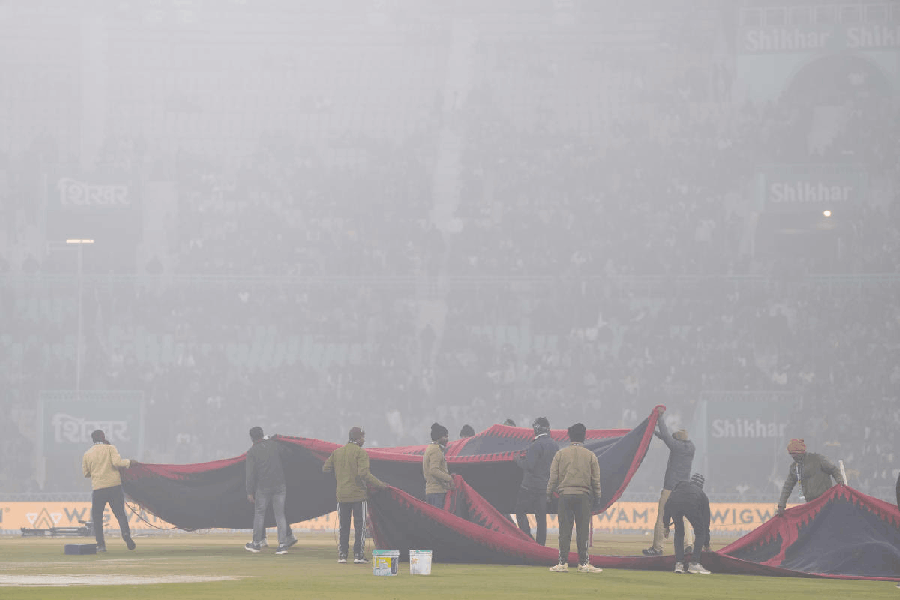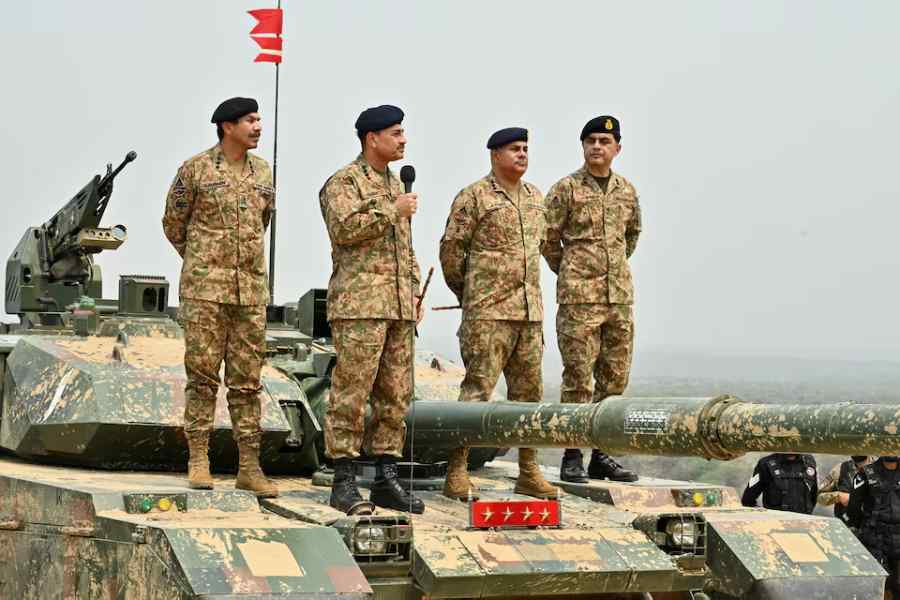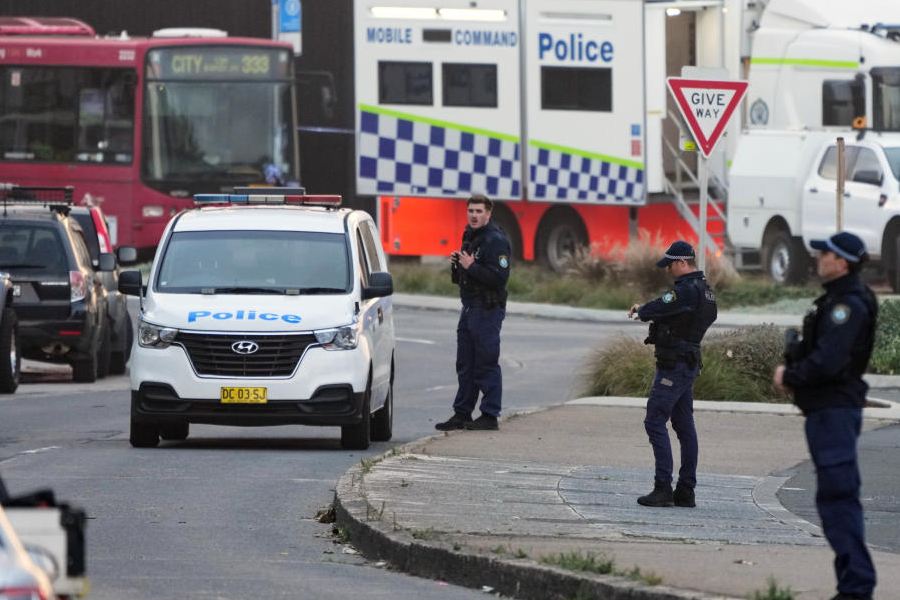
The spatial distribution of Jagannath and other names connected to the Jagannath culture in the toponymic corpus of Indian sub-continent suggests that scientific studies of place names associated with the Lord and their distribution pattern would make immense value addition to understanding the subject.
Place names offer a "fossilised representation" of immemorial past. History changes and borders are redrawn, yet place names remain. The cultural contours and linguistic interlocks of human geographies can be reliably reconstructed from the preserved gene pool of place names. There are case studies that establish the validity of this approach and methodology.
All over the world, from ancient to modern times, theophoric names or the names of gods and goddesses have been used as place name materials. The multi-cultural and polytheistic Odisha offers perfect laboratory conditions for studying the use of theophoric place names, its implications and relevant spatial-temporal dimensions.
The Jagannath culture finds its nucleus in the geography of Odisha. The sacred town of Puri represents its epicentre. But, it emerges that Jagannath cult as represented in the place names of various regions has a sub-continental (see map 2) spread. Its footprints, it seems are deep-rooted and ancient.
368 in India
Jagannath as a toponymic term, while written in Roman script, is spelt two different ways. In most places the spelling Jagannath is used in which the consonant "n" is germinated. In the second version the consonant "n" does not double and the name is spelt as Jaganath.
In India, there are as many as 368 places named after Jagannath. Out of these, 341 are spelt as Jagannath and 27 as Jaganath.
Jagannath/Jaganath place names are found in 17 states and Union territories. These are Odisha (168), Bengal (79), Uttar Pradesh (72), Jharkhand (16), Rajasthan (10), Madhya Pradesh (4), Telangana (4), Gujarat (3), Chhattisgarh (2), Tamil Nadu (2), Uttarakhand (2), Andhra Pradesh (1), Assam (1), Bihar (1), Karnataka (1), Maharashtra (1) and Andaman & Nicobar Islands (1). Obviously, Odisha, the land of Lord Jagannath, tops the list with 168 place names.
Mono-word place names
Jagannath/Jaganath as a single-word place name or one without having separate prefix-suffix components occur in four places in India. In Nadia and Coochbehar districts of Bengal, Jagannath is used as a mono-word place name. Similarly, Jaganath is used as a single word place name in two places in Basti district of Uttar Pradesh. The place name Jagannathi of Odisha's Bhadrak district is closely comparable with this tendency. A theophoric name being used as a standalone place name is certainly indicative of its antiquity.
Suffix pattern
What are the types of suffixes or generics with which "Jagannath" as a specific name occurs? A survey shows that in India, "Pur" is the most popular place name generic associated with places named after Jagannath.
There are 269 Jagannathpurs of which 85 are located in Odisha. Other generics that are used in association with Jagannath place names are: Pura, Puri, Purkismat, Purpatna, Pursasan, Prasad, Bidyadarpur, Prasadsasan, Pali, Palli, Palle, Patana, Patna, Bati, Chak, Puram, Di, Khunta, and Patti.
Divine Four
Lord Jagannath is the presiding deity of Puri. However, on the ratnabedi, the images of seven gods have been installed. The famous among them are the "Divine Four" known as Chatturdha Murti referring to Balabhadra, Subhadra, Jagannath and Sudarshan.
Apart from 168 places named after Jagannath/Jaganath, the place name corpus of Odisha contains 57 places named after Balabhadra, seven after Subadhra and four after Sudarshan (see map 1). This is indicative of the divine hierarchy and the primacy of Lord Jagannath, celebrated as Bada Takura, the Big God.
Bangla link
Bangladesh, which formed part of the pre-partition India, has 62 places named after Jagannath. Of these, 50 place names have "pur" as generic. That means there are 50 Jagannathpurs in Bangladesh. Bari, patti, ganj, hat, para and di are among other generics used with Jagannath-prefixed place names. Considering the geographical and cultural contiguity between Odisha, Bengal and Bangladesh, the significant presence of Jagannath place names in that country is understandable and may not be a surprise.
Pakistan connection
What is surprising is the use of Jagannath as a place name in the northwestern corner of the Indian sub-continent, which is now part of Pakistan. The place Jagannath is situated at Mardan, in the North Western Frontier Province (NWFP). Even in 2004, a Jagannath temple was constructed at Sialkot in Pakistan and the presence of numerous Hindus in Pakistan alone cannot explain the existence of Jagannath place name in the neighbouring country.
The history known and unknown, it seem much more deeply entrenched. The contexts of journey of these names between these two distant regions need to be studied in detail.
As a researcher in the field of toponymy (study of place names), I have a take. The presence of place name Jagannath in the NWFP has to be evaluated in the context of identical place name clusters that are common in northwest India and beyond on one hand and Odisha on the other.
Let us consider this fact. There are 980 place names of Odisha that have their exact parallels without even a minor phonetic variation that are used in the northwestern parts of the undivided Indian sub-continent and now known as Pakistan.
These names include some of the well-known place names in the context of Odisha and its historical and cultural narrative.
Place names such as Banki, Barang, Tangi, Harchandpur, Bairi, Baitali, Bali, Balipur, Batal, Batapur, Bhagatpur, Bhalesar, Bhanpur, Brahmani, Budhei, Chakuli, Chandipur, Chandrabhaga, Dahimal, Deoli, Dia, Digi, Gardi, Hirapur, Jagatpur, Jajpur, Jarka, Kairi, Kalapahar, Kanas, Kania, Karbela, Korai, Samal, Sarangi, Sasan, Saura, Sauri, Sujanpur, Sundar, Talang, Taragai, Tola, Tora can be cited as a few examples.
The list is long and enduring.
Kala Pahar and Chandrabhaga
With a limited purpose of emphasising the point that these identical name clusters cannot be a mere coincidence and thus call for a focused academic research, I would make a special mention of two place names.
The madala panji of Jagannath temple mentions of an individual called Kalapahad (Kala Pahar), who reportedly attacked religious places in Odisha, including the Konark Sun Temple. Thus, Kala Pahar is a familiar name in the general context of Odisha, and in the specific context of the Jagannath cult and Konark.
Kala Pahad would literally mean "black hill", like Nilagiri would mean "blue mountain". However, etymologies of these place names are not important, but their occurrence and context are significant. There are many accounts on the personal life of Kala Pahar and his origins. There is also a counter view that questions the historic authenticity and accuracy of the narratives associated with Kala Pahar. Whatever the case may be, the fact remains that the name Kala Pahar is very relevant in the context of Odisha and Jagannath cult.
We come across Kala Pahar as a place name in three districts of Odisha - Puri, Kendrapara and Mayurbhanj. It is relevant to note here that a vast majority of Indian personal names, clan names and surnames have their origins in place names. Thus, there is a close nexus between place names and personal names.
In this context, as an intriguing parallel we find two places named as Kala Pahar in the northwestern parts of the Indian sub-continent where Jagannath is also found as a place name.
Similarly, there is also a place called Nila Pahar in the northwest, which is comparable with place names such as Nilagiri and Niladri in Odisha. The dichotomy of "blue hill' and "black hill" and the symbolism attached to these names in the context of genesis and spread of Jagannath culture demands a dedicated research.
In the same way, the name Chandrabhaga is inalienably linked to Konark in Odisha and its famous Sun temple. Chandrabhaga is the name of a river and a place near Konark.
Kapila Samhita, Madala Panji and Prachi Mahatyma trace the origin of Sun worship to Samba, the son of Lord Krishna. Similarly, Bhavisya Purana links Sun worship at Mulastan (now in Pakistan) where the ancient Sun temple was supposedly built on the bank of the Chandrabhaga by Samba.
Thus, the Chandrabhaga emerges as a common toponymic and hydronymic link between the Sun worshipping cults of northwest and Odisha that find a connecting thread through the Samba myth, which is common to both the places. Even now there exists a place called Chandrabagha in Pakistan.
The upper tributaries of the Chenab river that originates in the higher reaches of Himachal Pradesh and flows through Pakistan are called Chandra and Bhaga. Both the tributaries join at Tandi to form the Chandrabhaga river. In one of my earlier studies on Konark ( Toponymy of Konark: Kona the Prefix, published in 2002), I have dealt with the Chandrabhaga connection with the Samba myth that, in turn, associated with the Sun worship at both the locations - in Mulastan as well as at Konark.

Plural foundations
The Jagannath culture is the essence of Indian multi-culturalism. Investigating the anchoring amalgams that constitute the organic core of the Jagannath culture will be a fitting tribute to the spirit of India and its unshakable plural foundations. And, place names offer reliable markers. Human history is in a way the sum total of journeys of all kinds - crisscross, short and distant. Place names formed the essential bags of the ancient migrations of cults and concepts. And, it seems world was "well-connected" even before the advent of modern age.
Map 3 brings out an indicative focus on northwestern geographies that have place names relevant in the context of Odisha and Jagannath cult. The patterns that emerge from these indicative maps need to be studied in depth. The contexts need to be understood to draw valid inferences. No conclusions need to be drawn. But, leads deserve to be pursued. Place names may not be the primary and conclusive evidence for the past transactions. Yet, place names represent brilliant collaterals.
(The author is an Indologist. He has to his credit several research papers on place names of Odisha)

